Table of Contents
Life in Plants and Animals:
All living things are built up of the basic living material, called protoplasm– the essential part of a cell. All life activities are believed to be the functions of protoplasm. The living things are classified mainly into two groups- Plants and animals. All plants and animals require water, food and air but in spite of these basic similarities, they differ from one another in some important respects. Main points of difference between plants and animals are described below-
Nutrition:
Most of the plants are independent with respect to their food requirement and preparation. They take simple inorganic substances like water, carbon dioxide and mineral salts from the surroundings and prepare organic food like carbohydrates, fats and proteins from these in the presence of green colouring matter or chlorophyll and sunlight (photosynthesis process). Non-green plants, which do not make food by photosynthesis, absorb simple substances (relatively more complex than carbon dioxide) through their outer surfaces in soluble form. Animals, on the other hand, cannot produce their own food from simple raw materials but instead, they consume complex organic compounds (foodstuffs) produced by plants. Thus, the plants are called producers and the animals are called consumers. In general, the mode of nutrition in plants and animals is referred to as holophytic and holozoic, respectively.
Locomotion:
The movement of an organism as a whole from place to place is called locomotion. Plants, in general, are fixed at a spot and hence have no power of locomotion. They can obtain raw materials required for their food by extending their roots into the soil and also from the atmosphere. Most of the animals, on the other hand, possess the power of locomotion. They move from place to place in search of their food and shelter.
Organizational Differences:
The animal body is more highly organized than the plant body and as such it has a large number of tissues, organs and organ system in comparison. The digestive, circulatory and nervous systems are very well developed in animals. The digestive system serves to prepare the food by breaking down the complex food substances into their simpler constituents for absorption into the blood circulating in the body. The undigested part of the food is thrown out of the body by means of the excretory system which is well-formed in animals. The excretory system also eliminates the harmful wastes resulting from metabolism. Digested food and inhaled oxygen are distributed in the body through the circulatory system. The nervous system controls and coordinates the working of all the parts of the body.
Plants do not have a digestive system, organic food substances are built or broken down inside their cells. They lack excretory organs. Plants have no elaborate nervous system but instead, they have special hormones, named growth hormones, which control their activities like flowering, the ripening of fruit and falling of leaves.
Growth:
Growth in animals is restricted and stops when the fixed size is reached. No new organs are grown after birth. Plants, on the other hand, continue producing new organs and showing continuous growth throughout life.
Cell Structure:
Plant cells are bound by a firm, more or less rigid cellulose wall. Animal cells have plasma membrane (also called cell membrane), made up of protoplasm, as their outermost covering and, hence, do not have a cell wall. Plant cells have plastids and vacuoles of various sizes but lack centrosome. Animal cells, on the other hand, have centrosome but lack plastids. They seldom show vacuoles of any noticeable size.
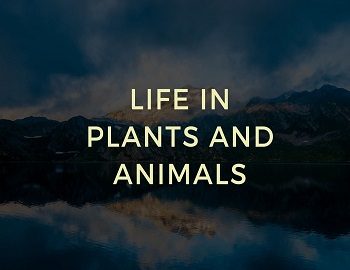

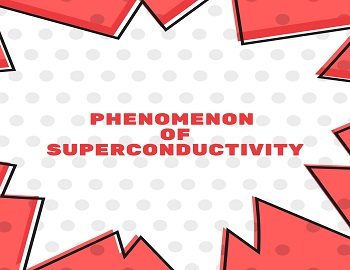
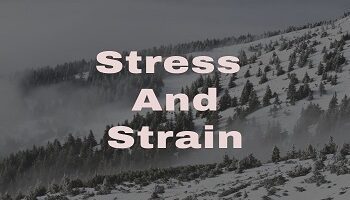
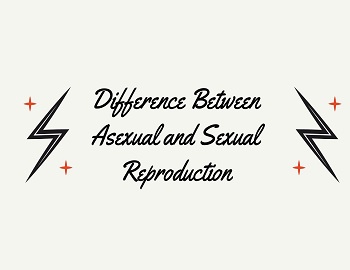
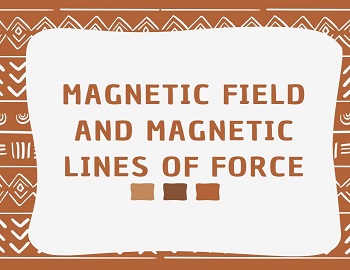
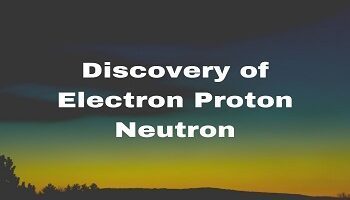

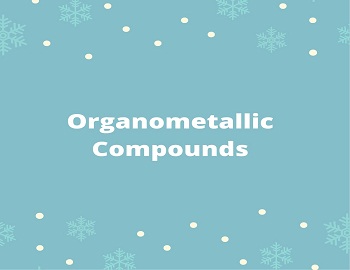
Comments (No)